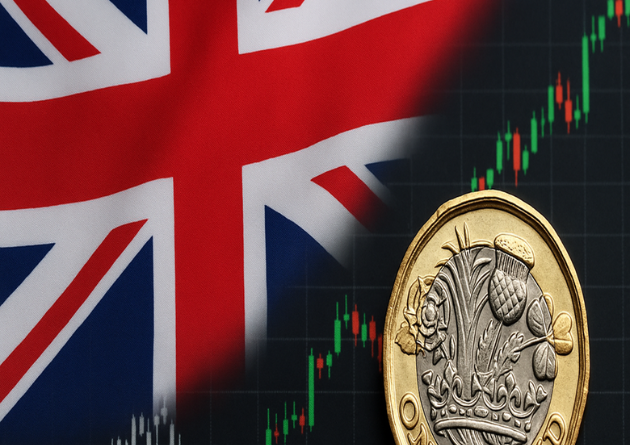Pound Sterling Hits Three-Year High Amid Dollar Weakness and Policy Divergence

- rabeelrana
HG MARKETS:
The Pound Sterling reached a fresh three-year high near 1.3600 against the US Dollar at the start of the week, buoyed by economic strength at home and growing investor skepticism toward US economic policy direction. Despite holiday-thinned trading due to the Spring Bank Holiday in the United Kingdom and Memorial Day in the United States, the British currency continued to gain ground, supported by recent domestic data and broader shifts in global sentiment.
One of the key drivers behind the Pound’s strength has been renewed pressure on the US Dollar. Confidence in the Greenback has been dented following a series of inconsistent trade policy announcements by President Donald Trump. Over the weekend, the administration unexpectedly suspended a set of tariffs on European Union imports that were set to begin on June 1. While the delay, now extended until July 9, provided temporary relief to markets, it also raised concerns over the unpredictability of US trade policy and its long-term implications for economic stability.
Investor unease was further amplified by a separate threat of tariffs targeting smart phone manufacturers like Apple, aimed at encouraging domestic production. Market participants interpreted this as a broader challenge to private sector independence, potentially eroding business sentiment and investment confidence in the US.
Adding to the headwinds for the Dollar, Federal Reserve officials have begun voicing concerns about the inflationary risks stemming from these policy changes. Minneapolis Fed President Neel Kashkari highlighted the potential for stagflation — a mix of slowing growth and rising prices — cautioning that policy adjustments would likely remain on hold until more clarity emerges. This reinforces the view that economic uncertainty in the US may persist in the near term.
On the other side of the Atlantic, the British economy has surprised on the upside. Recent data for April showed inflation running well above expectations, with headline consumer prices rising at 3.5% year-on-year and services inflation accelerating sharply. In addition, retail sales posted strong monthly growth, far exceeding forecasts. These indicators suggest robust domestic demand and increase the likelihood that the Bank of England will maintain a cautious stance on lowering interest rates.
Market pricing currently reflects the possibility of only modest rate cuts in the UK this year, which contrasts with the growing uncertainty surrounding US monetary policy. This divergence, combined with more stable policymaking in the UK, has helped support the Pound’s upward momentum, reinforcing its position as a relative outperformer among major currencies.
